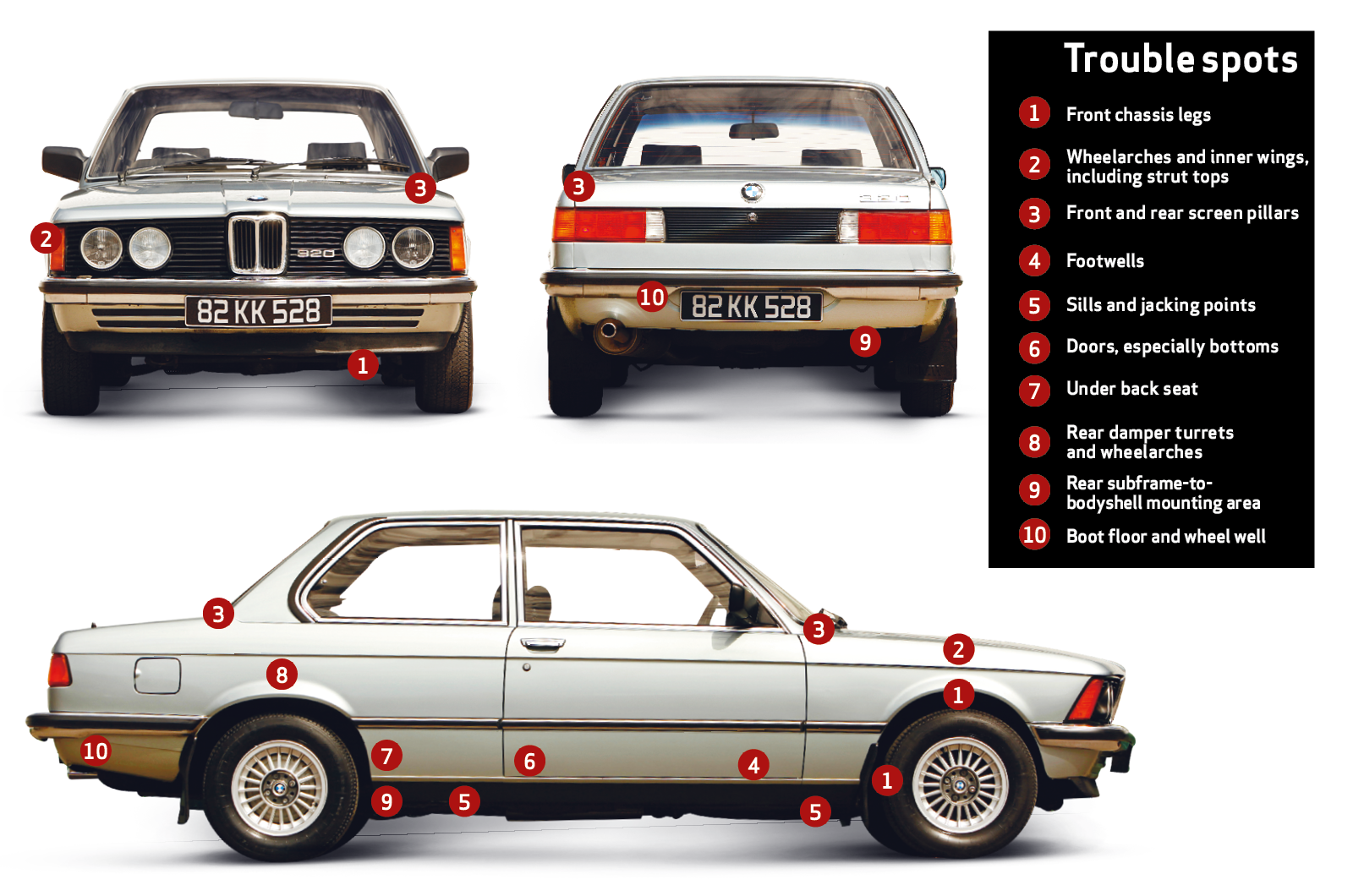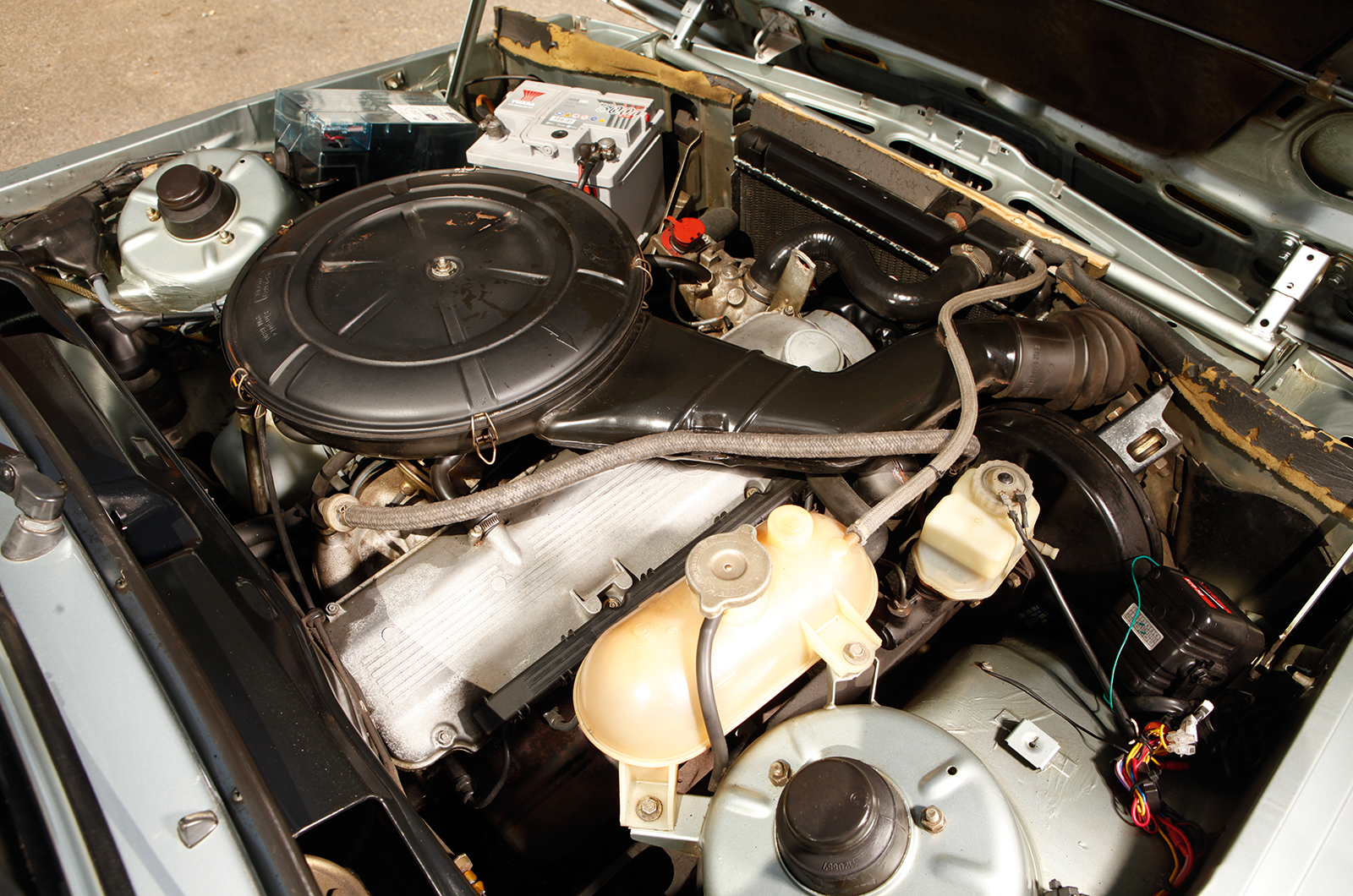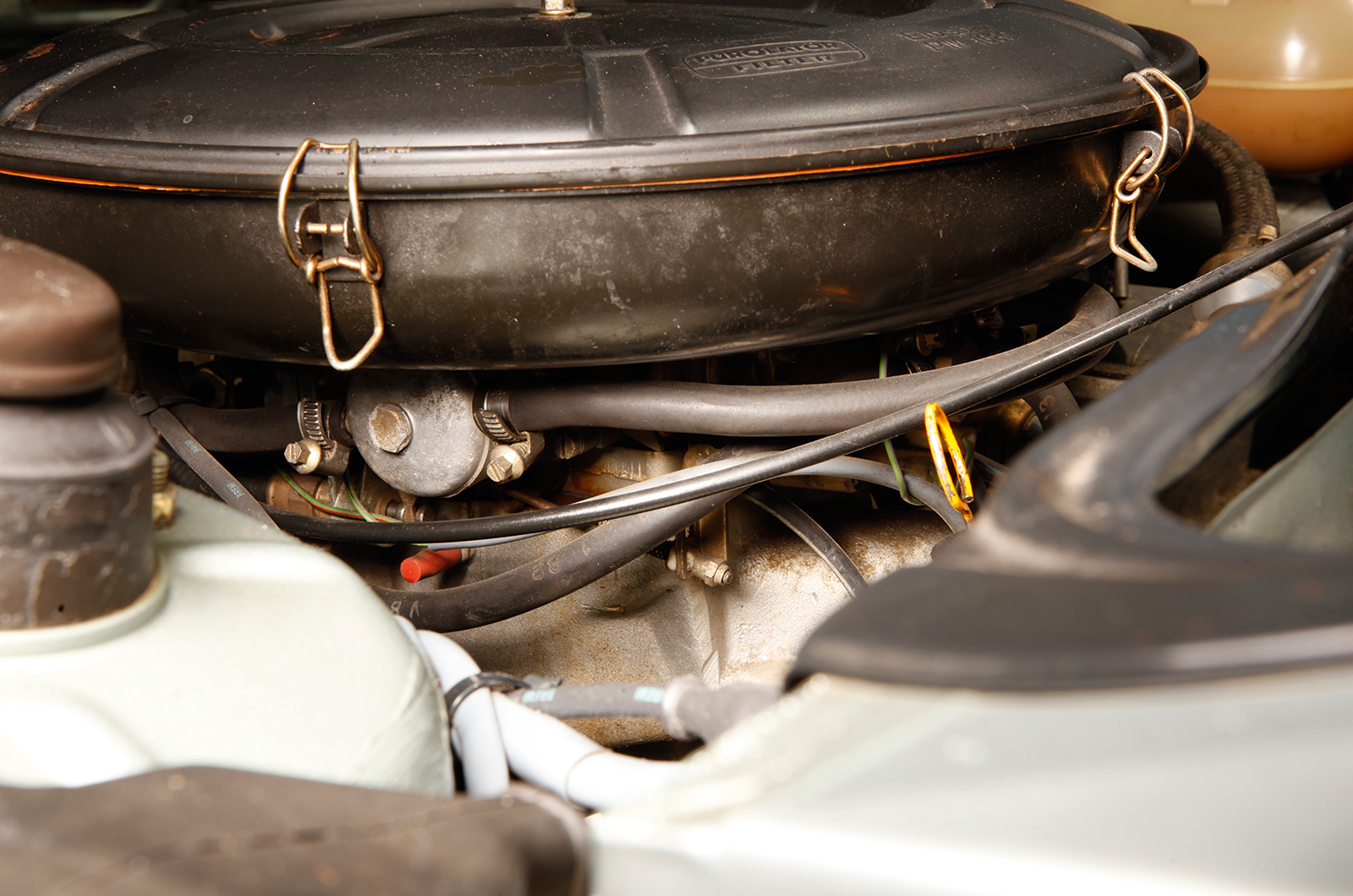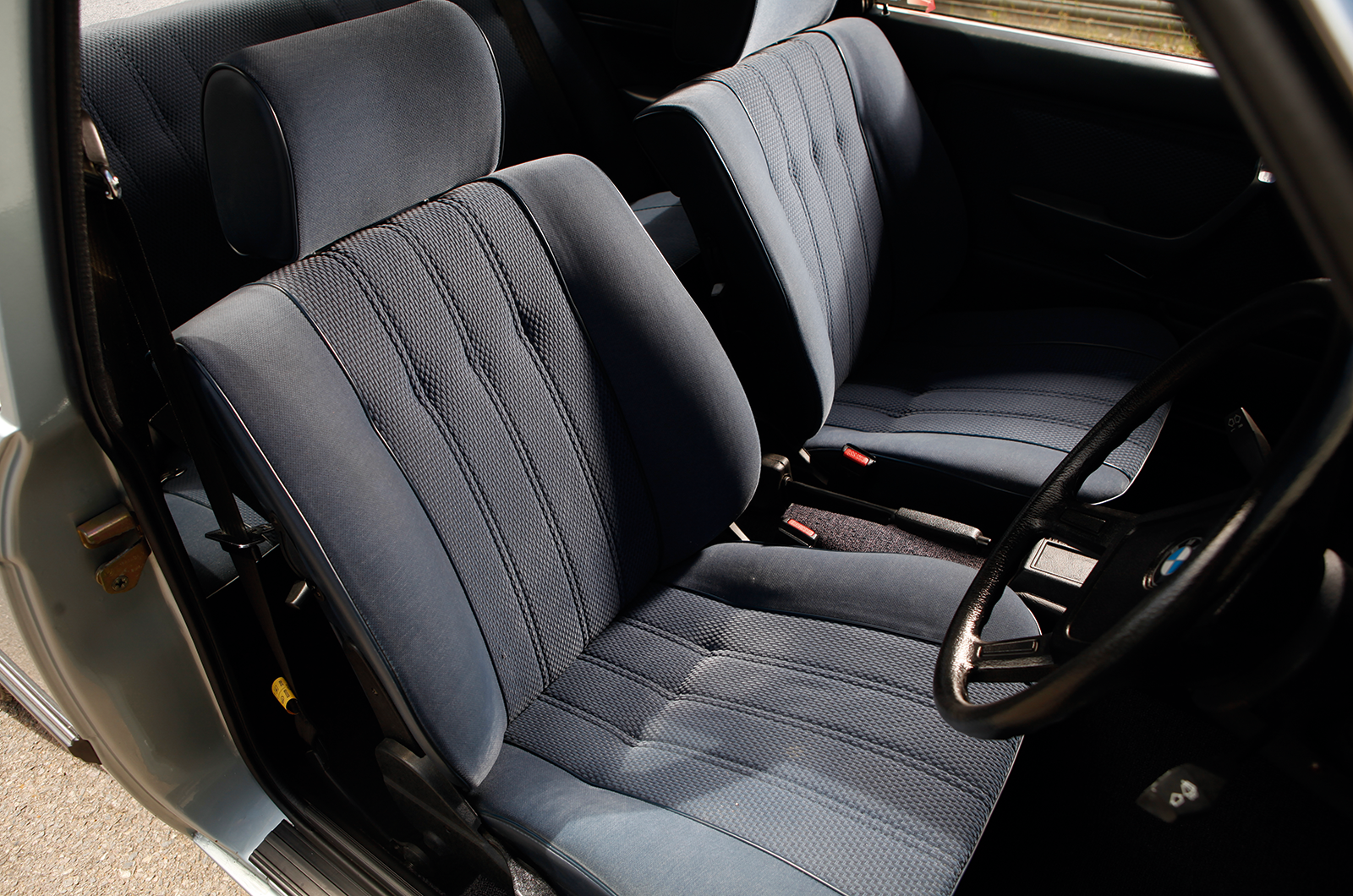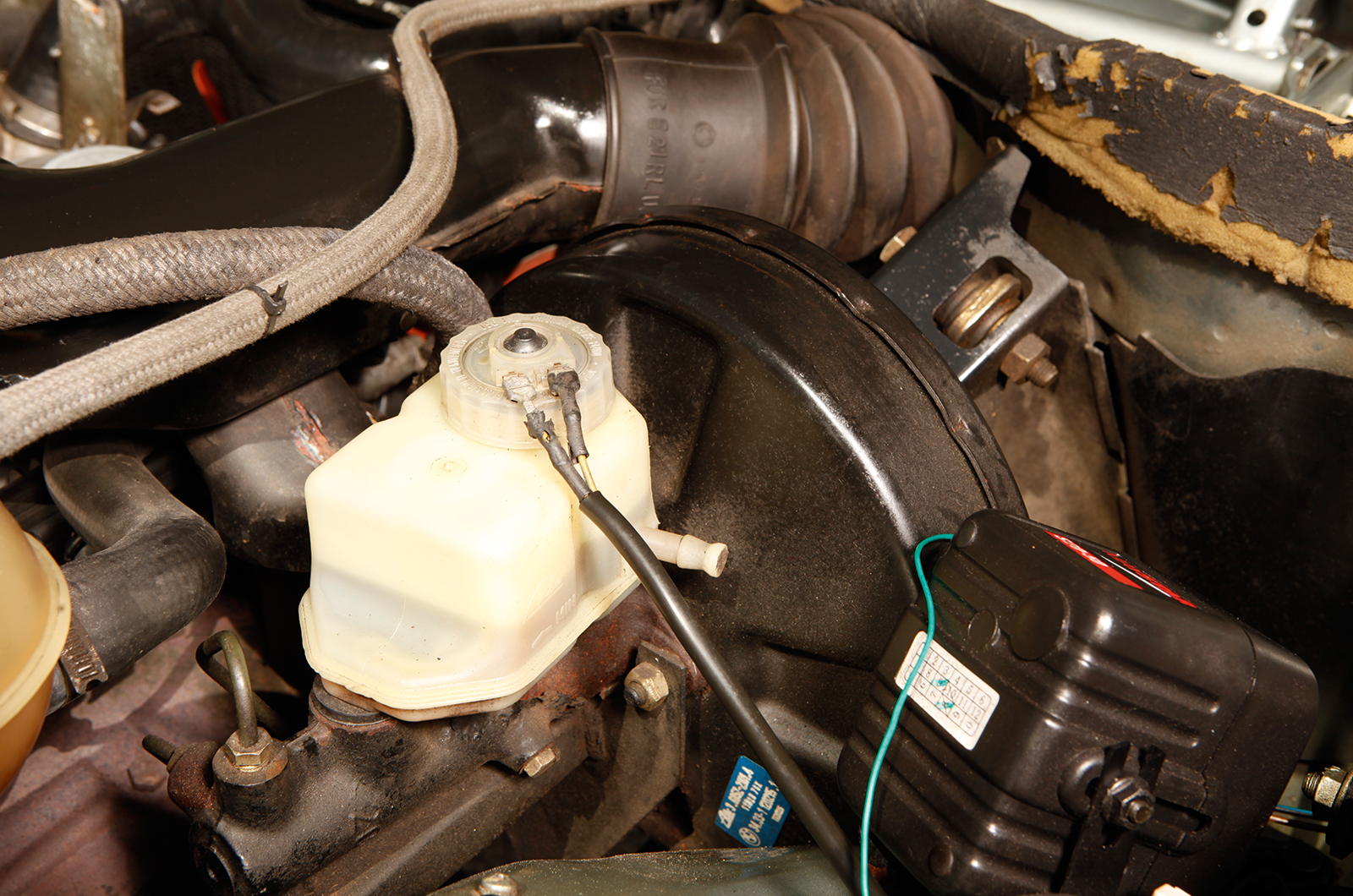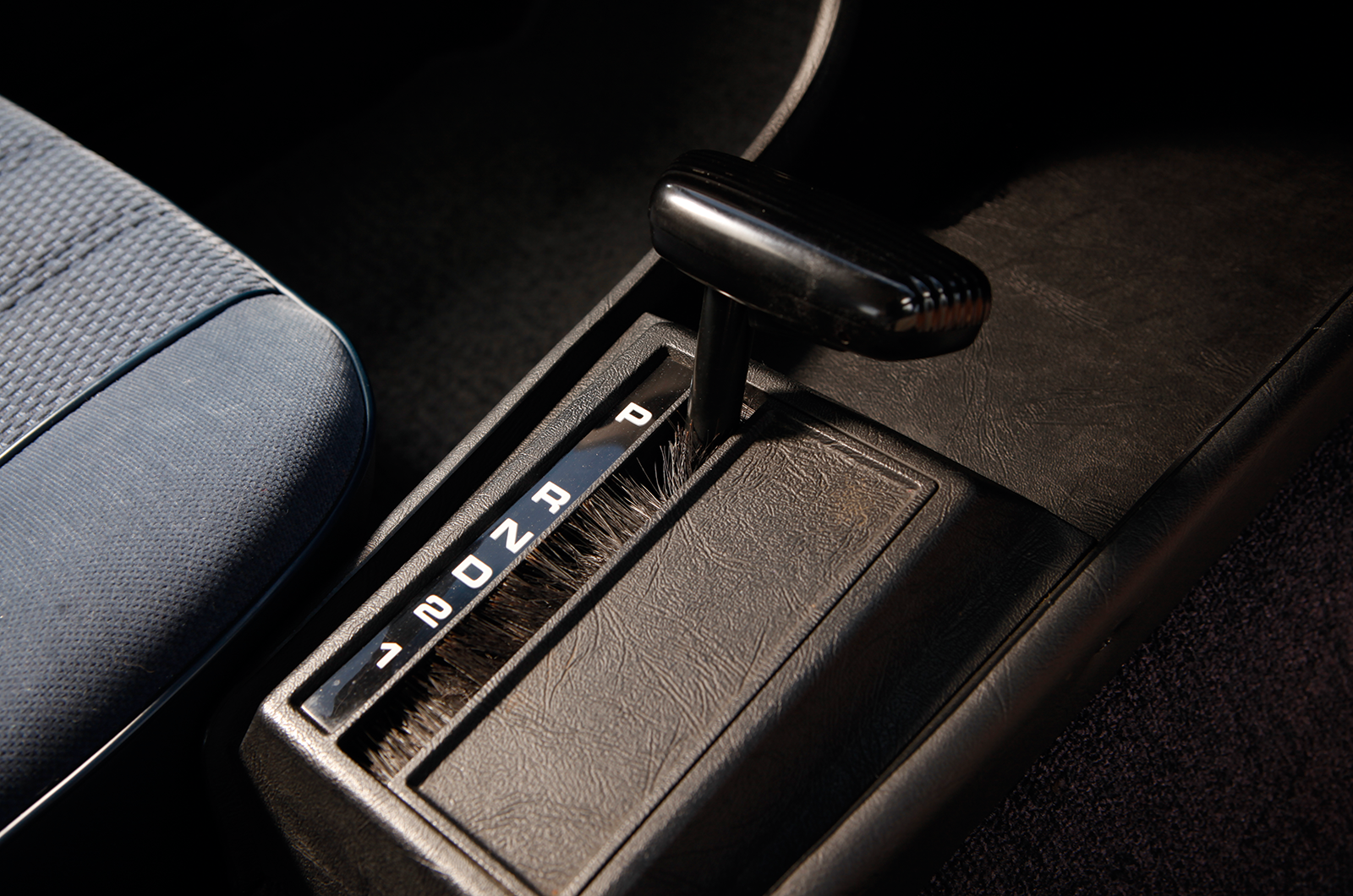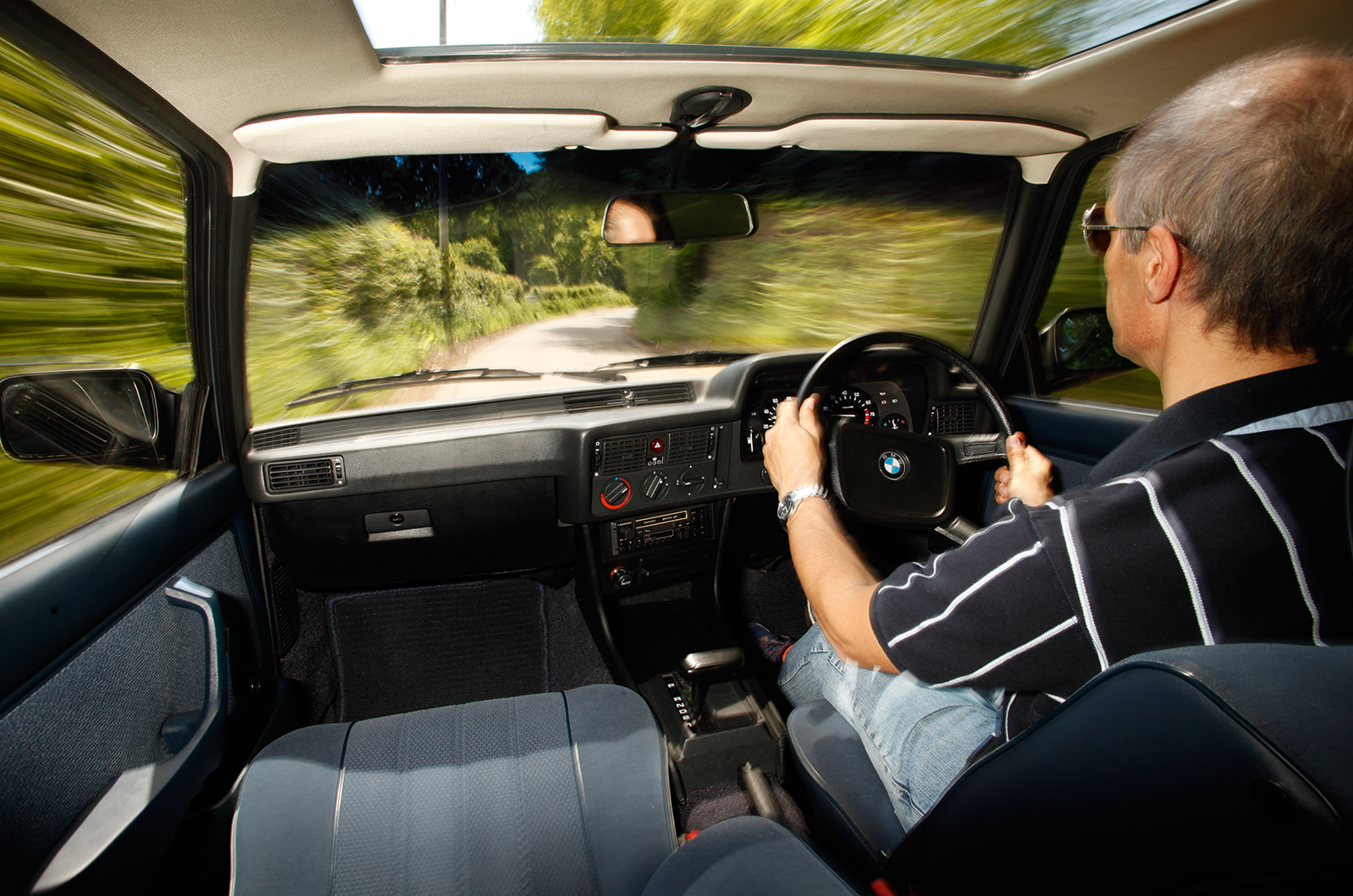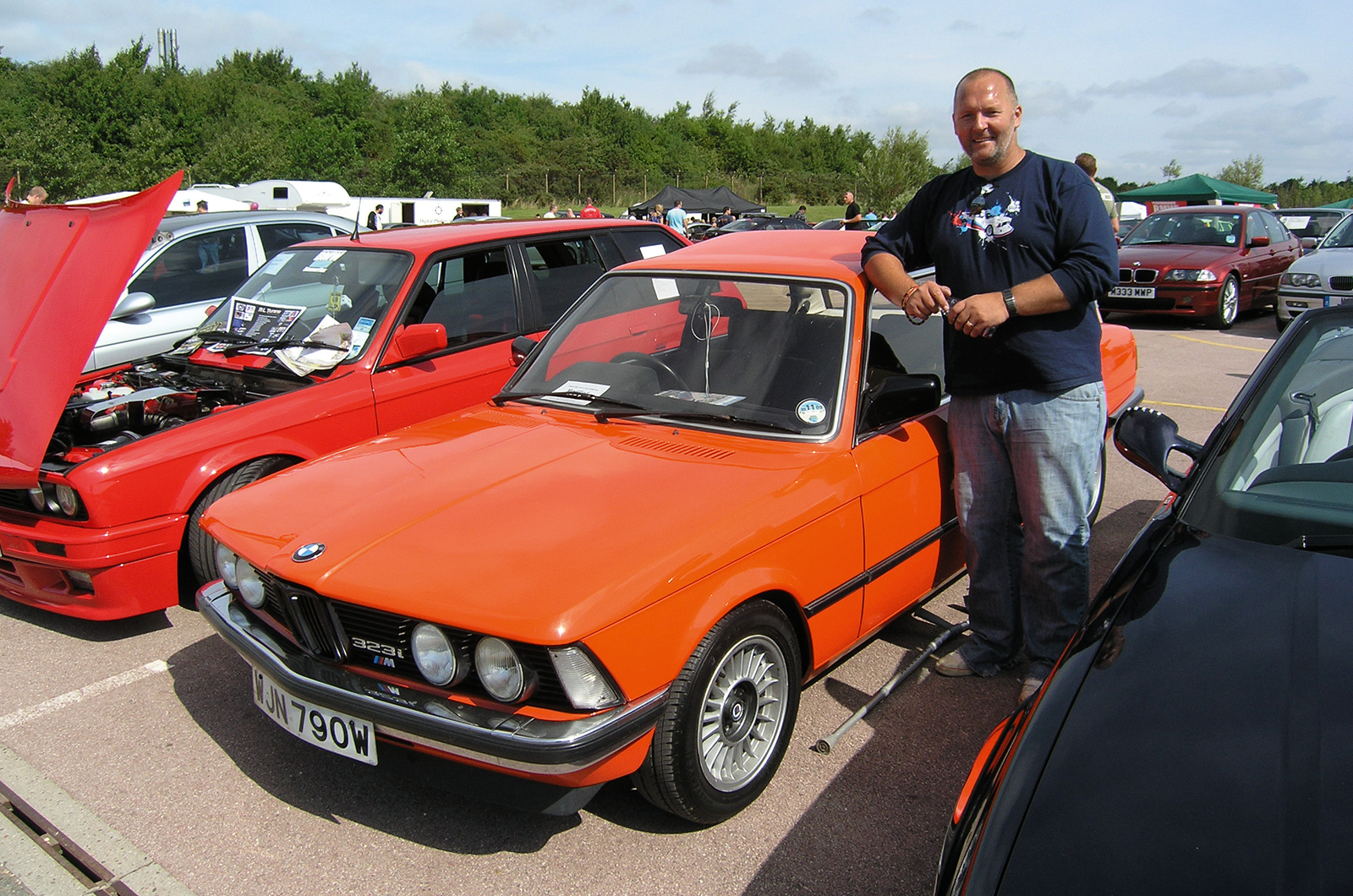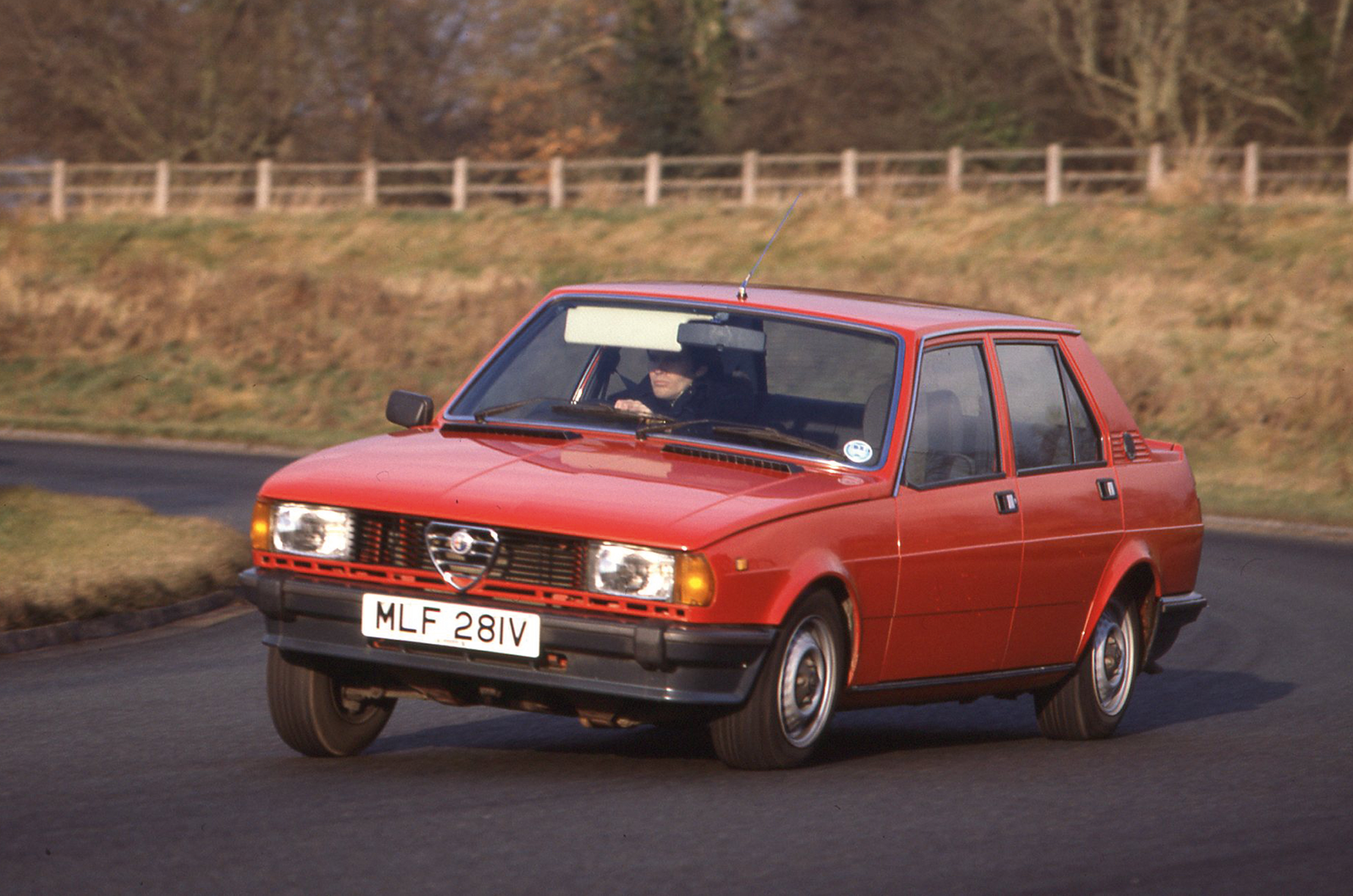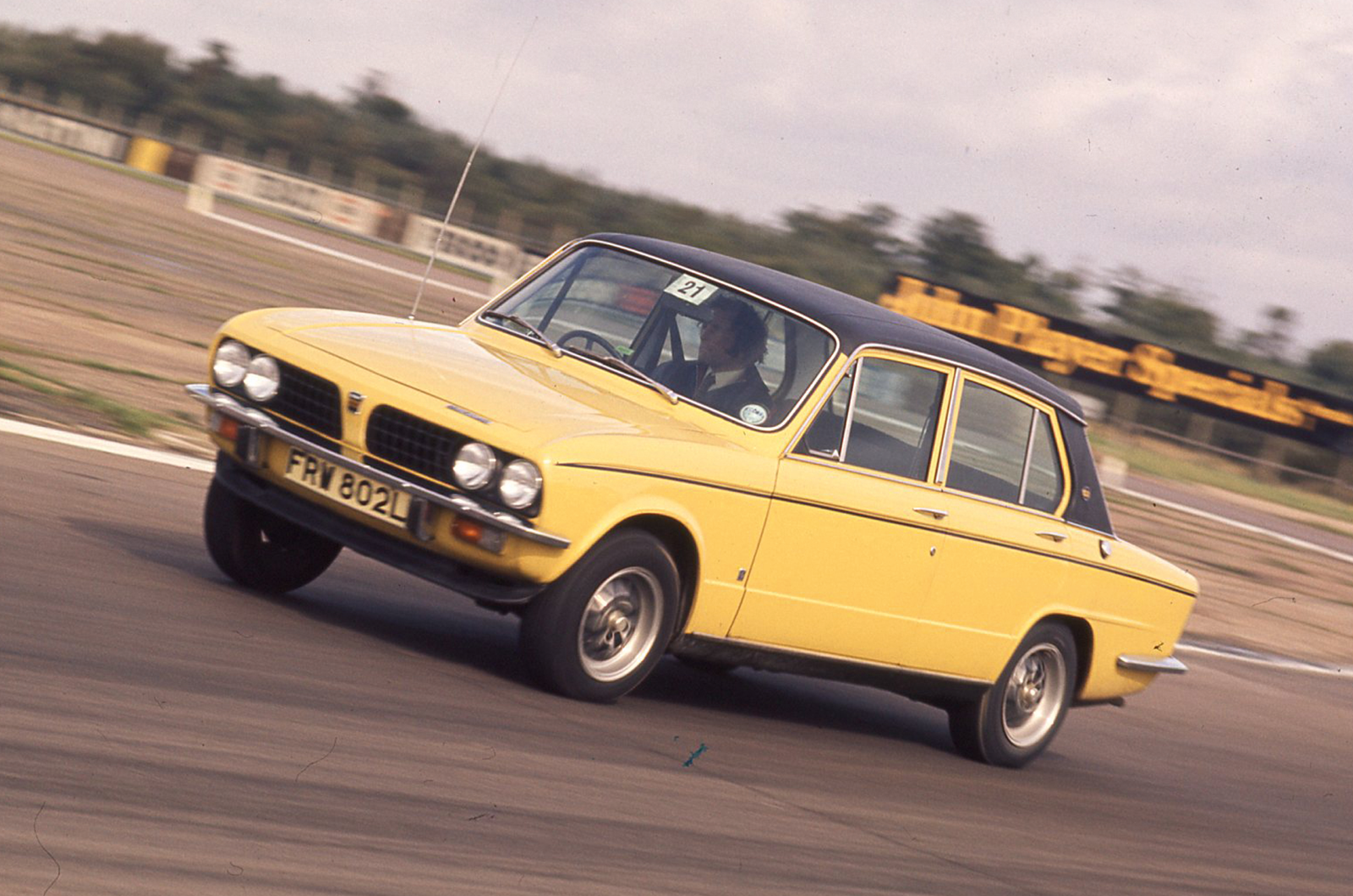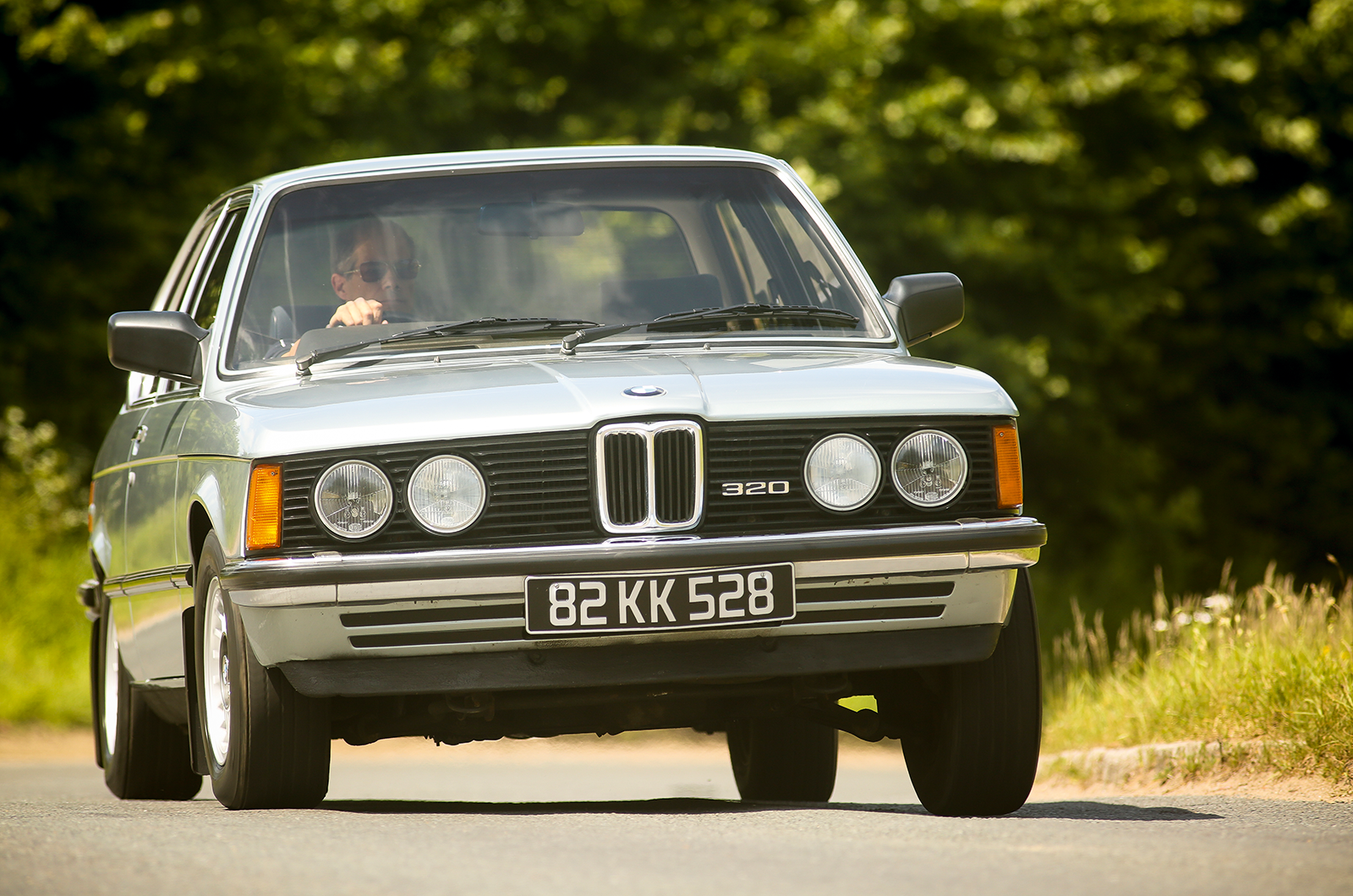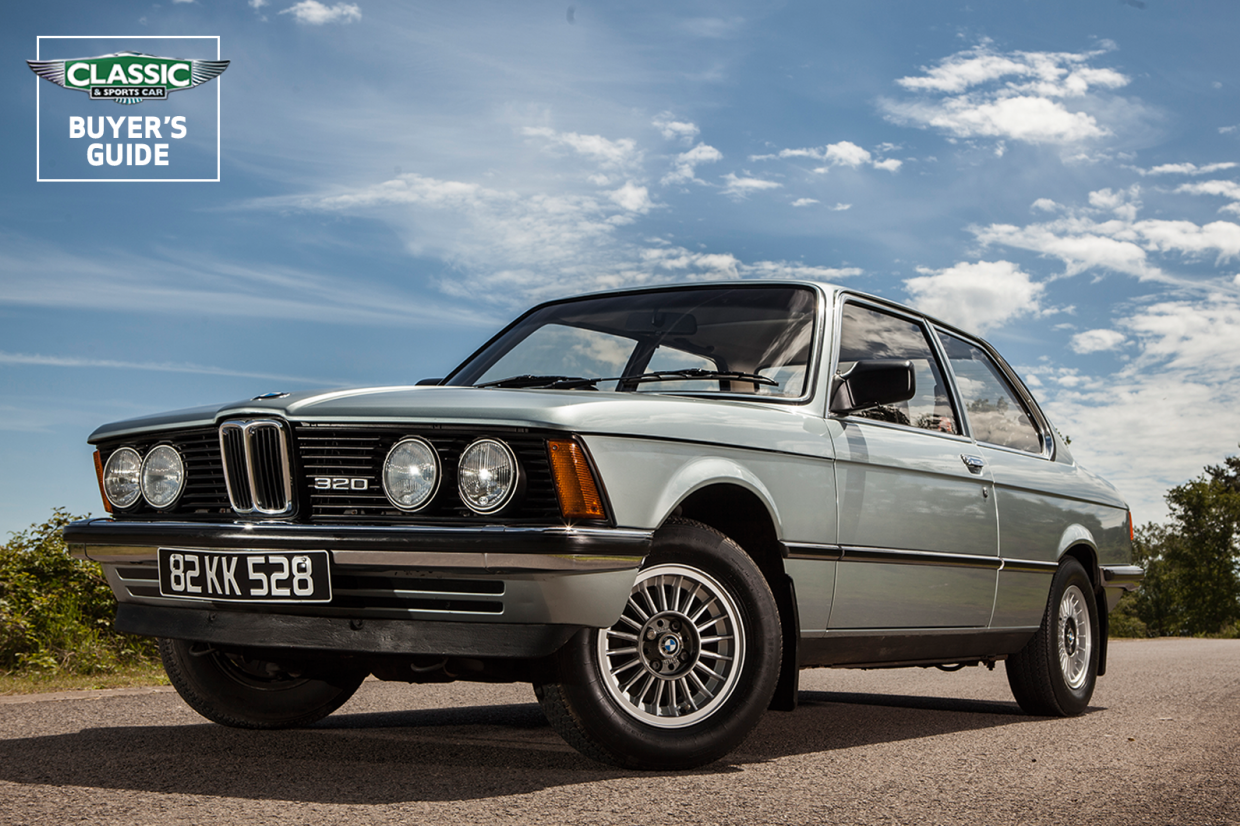
Why you’d want a BMW E21 3 Series
Building on the success of the 2002 and the styling of the larger 5 Series, the BMW E21 was thoroughly developed from the start.
Still two-door only, it offered more useful rear seat space, with excellent heating and ventilation plus many fine details including much better soundproofing. Ergonomics for the driver were exceptional for the time, with particularly clear instruments and well-organised switchgear.
The styling was so timeless that it’s astonishing to realise that the model will celebrate its 45th birthday in 2020 and should be accepted into the classic fold.
Its competence as everyday transport, however, plus a tendency to rot in old age, has meant that they are still being driven into the ground. Now that the market has started to wake up to them, though, and appreciate their lively performance and fun handling, few are left.

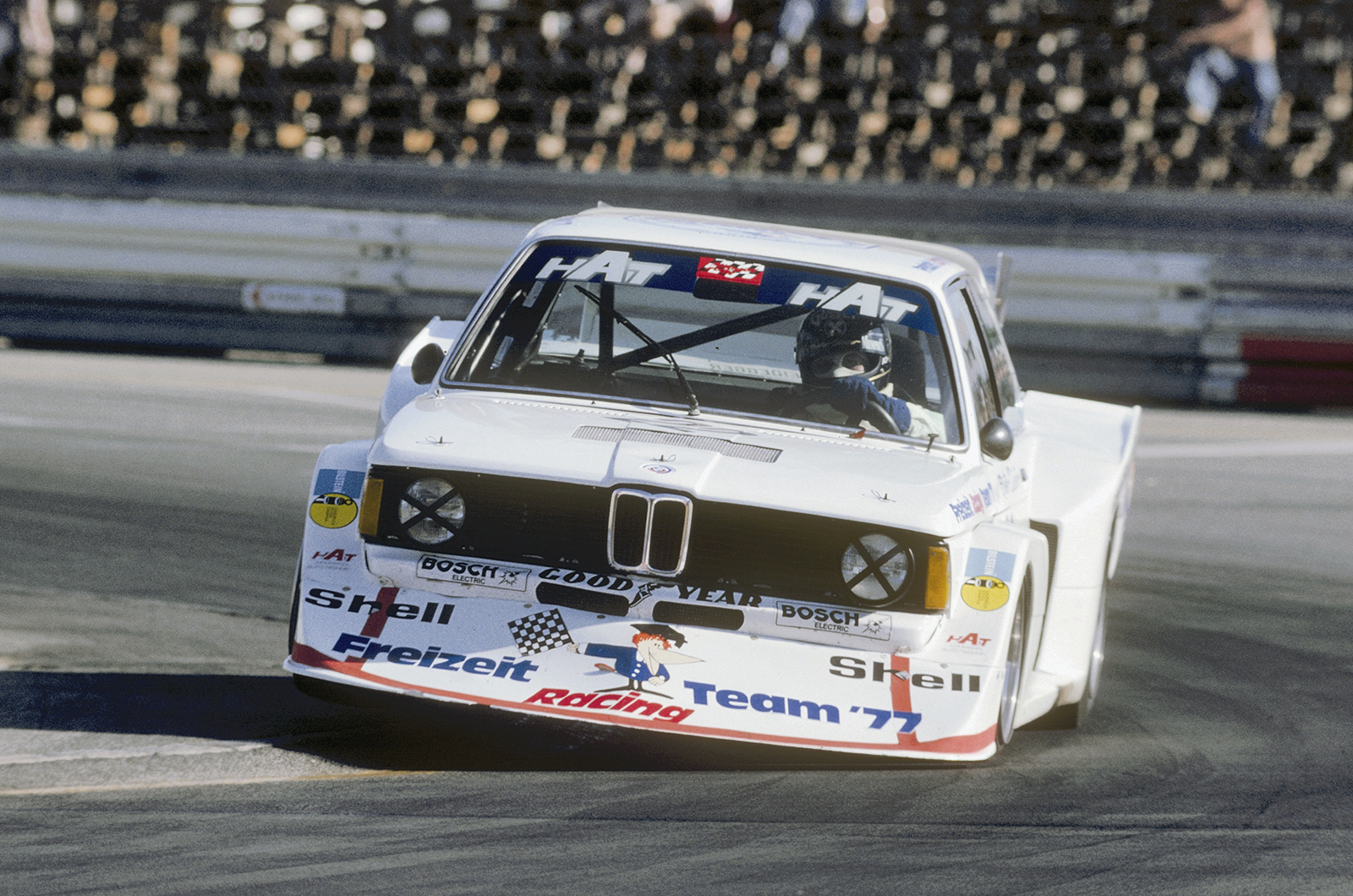
(l-r) Baur Top-Cabriolet was offered from late 1980 in the UK; BMW legend Dieter Quester guns wild Group 5 320 in ’77

